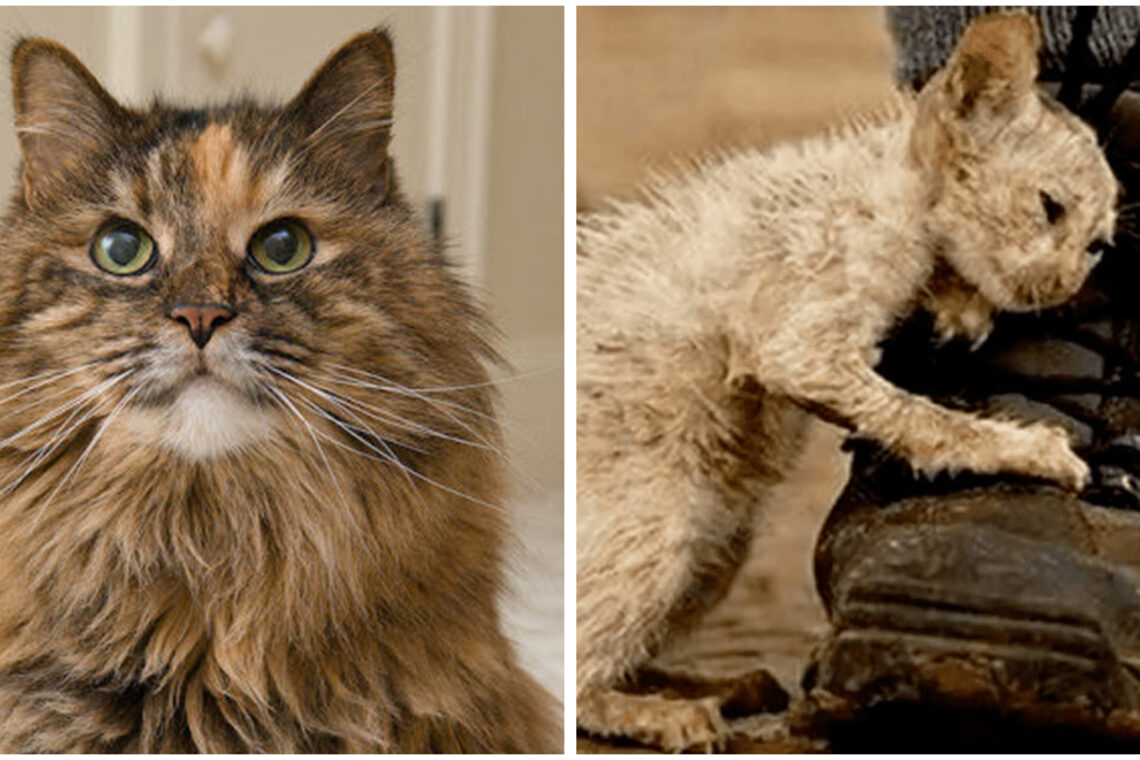
From a young age, many of us are taught to be cautious around unfamiliar or stray animals. The underlying message often conveys that these creatures could pose a risk or harbor illnesses. While caution is indeed essential, it is easy for individuals to quickly form judgments based solely on an animal’s appearance, turning away from those that seem different or unappealing. This narrative captures such a poignant theme.
Although the origins of this tale remain uncertain, it has circulated widely across various platforms, touching countless hearts. The vivid imagery conjured by the story evokes strong emotions and encourages reflection on our perceptions of animals and their inherent worth, regardless of their looks.
Imagine a bustling apartment complex, a microcosm of society where diverse characters reside within close quarters. The residents of such a building vary significantly in personality. Some are sociable, frequently engaging with their neighbors, while others maintain a more reserved demeanor, preferring solitude. Over time, familiarity breeds recognition—not only of the residents but also of the animals that accompany them.
Among these inhabitants, there was a particular cat known to frequent the courtyard. This feline, often referred to as “Ugly” by the locals, was a sight to behold. Thin and appearing unwell, he was clearly not a pet that anyone had claimed. Residents could easily identify him due to his unique and unfortunate appearance. One observer aptly noted, “Everyone in the building was aware of who ‘Ugly’ was. He was passionate about three things in life: scavenging for food, engaging in fights, and seeking affection.”
Despite his rough exterior and the tough life he led, “Ugly” persevered, navigating a world that was not particularly kind to him. As time passed, however, the toll of living without consistent love or sustenance began to take a significant toll. His frail body grew increasingly thin, and a lost tail exacerbated his struggles, affecting his balance and gait. People often laughed at him, remarking on his unusual movements. Their words were often unkind, reinforcing a perception that failed to see beyond the surface.
The reactions of some individuals were particularly disheartening. Instead of offering a hand or an understanding glance, a few residents resorted to throwing stones, attempting to drive the cat away. All “Ugly” sought was a small measure of affection and warmth from the very people who dismissed him. In truth, he only wanted to feel a sense of belonging and safety in a world that constantly rejected him.
Tragically, the cat’s story reached its climax one fateful day when he found himself in a confrontation with a group of dogs. The noise of the ensuing chaos caught the attention of a resident nearby. As he rushed to investigate, he discovered “Ugly,” who, despite his weakened condition, still managed to summon the strength to approach the man. In his final moments, the cat experienced a moment of solace that had eluded him for so long. He nestled against the man’s shoes, feeling the warmth emanating from him. In that fleeting instance, he found the comfort and connection he had desperately craved throughout his life, right before his last breath.
This story resonates on multiple levels, prompting us to examine our attitudes towards animals that do not conform to conventional standards of beauty. The experience of “Ugly” serves as a powerful reminder that every creature, regardless of its appearance, deserves compassion and kindness. While some may be quick to judge based on superficial traits, it is crucial to recognize the stories and struggles that lie beneath the surface.
Animals often reflect our emotions and can offer companionship in ways that are profoundly healing. When we dismiss them based on how they look, we miss the opportunity to form meaningful connections. The warmth that “Ugly” sought so desperately is a universal need, transcending species and appearance.
In urban environments, the presence of stray animals is a common sight. These creatures often roam the streets or courtyard of apartment complexes, relying on the goodwill of residents for survival. However, the lesson from “Ugly’s” life emphasizes the need for a shift in perspective. Instead of viewing these animals as nuisances or sources of amusement, we should consider the possibility of offering them kindness.
For those living in similar communities, there are many ways to make a positive impact. Providing food, water, or shelter for stray animals can significantly enhance their quality of life. Additionally, sharing stories about these animals can foster awareness and encourage others to look beyond appearances.
Creating a culture of compassion within our communities can lead to a more inclusive environment for all beings. Educating others about the importance of empathy and understanding towards animals can help to mitigate the harshness they often face. Whether through formal initiatives or informal conversations, fostering a sense of community around the well-being of all creatures can create a ripple effect of kindness.
Ultimately, the story of “Ugly” serves as a poignant reminder that every living being has intrinsic value, regardless of their appearance or circumstances. By embracing compassion and kindness, we can create a world where every creature feels seen, valued, and loved. “Ugly” may have been a cat perceived as different, but his desire for warmth and acceptance is a shared experience that resonates deeply with all of us. Let us honor his memory by advocating for compassion and understanding in our interactions with all animals, particularly those who are often overlooked or dismissed.